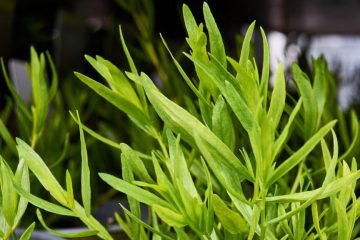- April 24, 2024
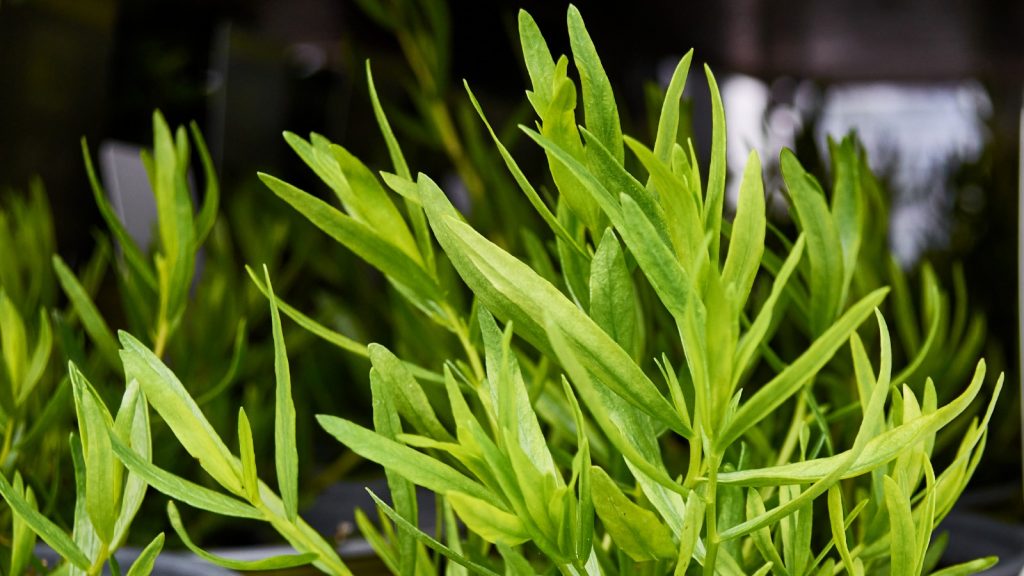
Companion planting for tarragon is an experience-based observation developed over centuries. People have noticed that planting certain plants side by side has a positive effect on each other, increasing the quality and quantity of the harvest. Companion planting is not set in stone and it is the least you can do for your plants. You can get the right care from the individual plant article. You can see the companion and the enemy plants of tarragon below.
| Companion plants for tarragon | Enemy plants of tarragon |
|---|---|
| Chives | Dill |
| Lemon balm | Parsley |
| Common sage | |
| Russian Sage | |
| Rosemary | |
| Eggplant | |
| Tomato | |
| Pepper | |
| Cucumber | |
| Pumpkin | |
| Strawberry | |
| Carrot | |
| Parsnips | |
| Beetrot |
Why does companion planting work?
Companion planting works due to several interconnected factors:
Pest Control: Certain plants emit natural chemicals or scents that repel pests, effectively acting as natural pest deterrents for nearby plants. This reduces the need for chemical pesticides and fosters a more balanced ecosystem.
Attracting Beneficial Insects: Some companion plants attract beneficial insects like ladybugs, hoverflies, and predatory wasps, which feed on common garden pests. This creates a natural form of pest control and helps maintain ecological balance.
Soil Improvement: Different plants have varying root structures and nutrient requirements. Companion planting can enhance soil health by reducing soil erosion, suppressing weeds, and improving nutrient uptake. For example, leguminous plants fix nitrogen in the soil, benefiting neighboring plants that require nitrogen for growth.
Competition Reduction: Companion planting can help reduce competition for resources such as water, sunlight, and nutrients by utilizing plants with complementary growth patterns and root structures. This allows for more efficient resource utilization and healthier plant growth.
Biodiversity and Resilience: Planting diverse species together increases biodiversity in the garden, which can enhance ecosystem resilience. A diverse ecosystem is better equipped to withstand pests, diseases, and environmental stresses compared to monocultures.
Maximizing Space: Companion planting allows gardeners to make the most of limited space by intercropping plants with different growth habits and maturity rates. This maximizes yield per square foot and promotes efficient land use.
Overall, companion planting capitalizes on the natural synergies between plant species, creating a thriving and sustainable garden ecosystem.
What are the companion plants of tarragon?
The following plants have positive effects on the growth of your tarragon. These plants can repel pests that damage your plants. These plants provide increased nutrition to the soil that your plants can use. Therefore, we recommend planting these plants next to your tarragon.
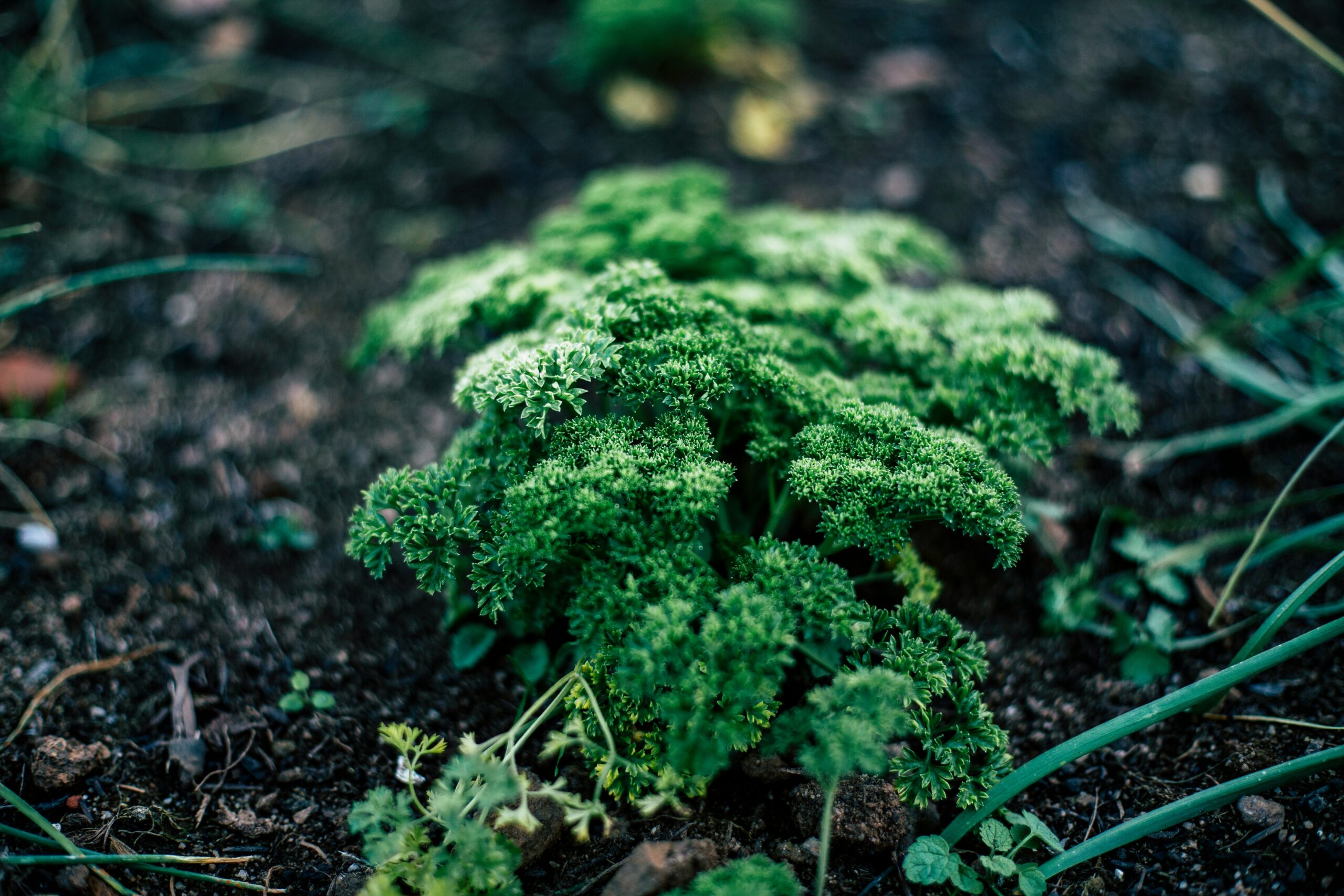
Chives
Chives thrive in well-drained, fertile soil enriched with compost, they embody adaptability and finesse. Adequate moisture and sunlight support lush growth and abundant foliage. Chives extend general benefits to neighboring plants by repelling pests and attracting beneficial insects, enhancing overall garden biodiversity.
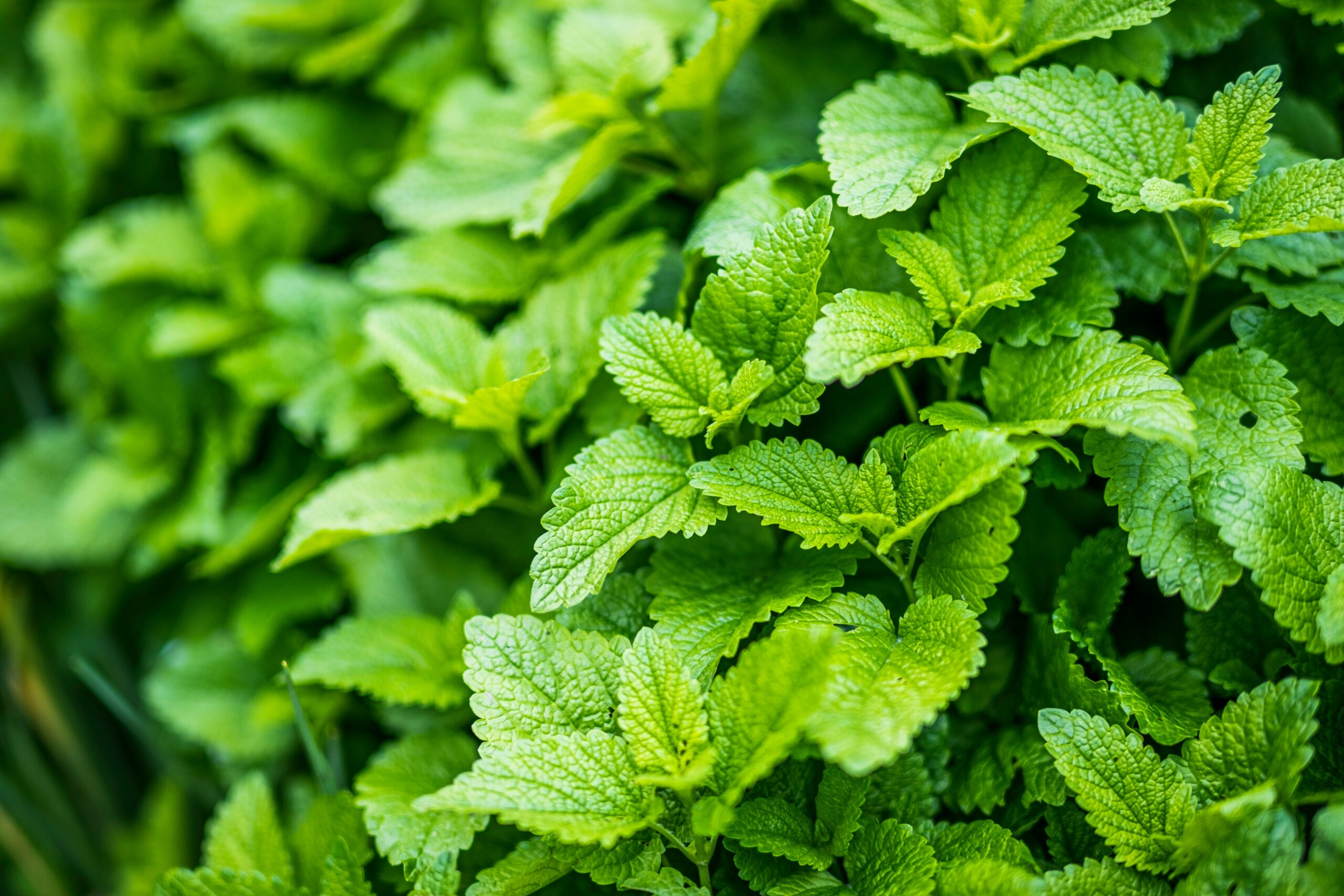
Lemon balm
Lemon Balm thrives in various soil conditions. Flourishing in well-drained, loamy soil with a pH range between 6.0 and 7.0. Partial shade and consistent moisture nurture its lush foliage and delicate blooms. Lemon Balm offers invaluable benefits to neighboring plants by attracting beneficial insects, repelling pests, and promoting a sense of calm in the garden.
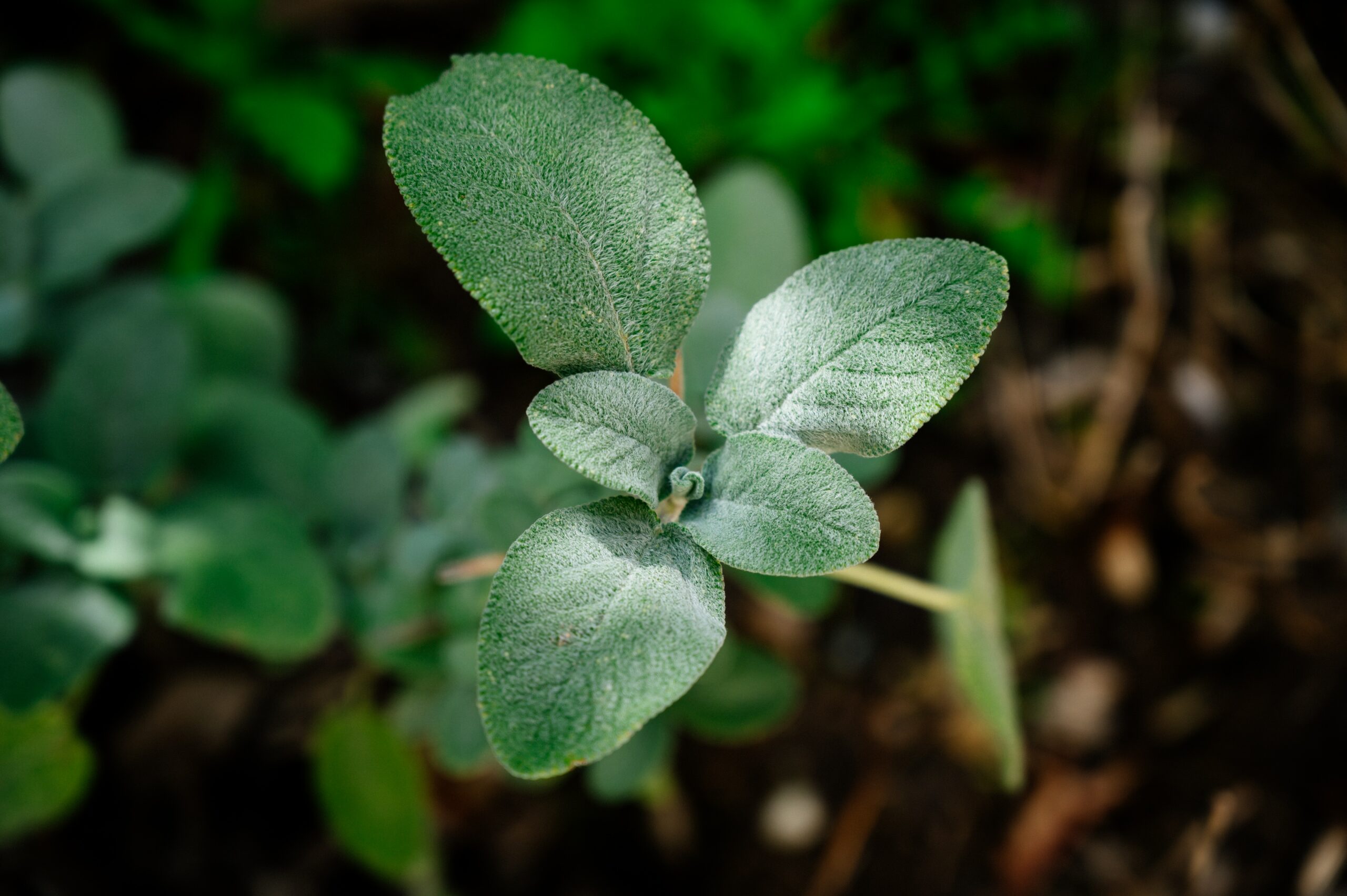
Common sage
Common Sage grows in diverse soil conditions. Flourishing in well-drained, sandy or loamy soil. Full sunlight and moderate moisture nurture its aromatic foliage and sturdy growth. Common Sage provides invaluable benefits to neighboring plants by repelling pests, attracting beneficial insects, and adding culinary richness to the garden.
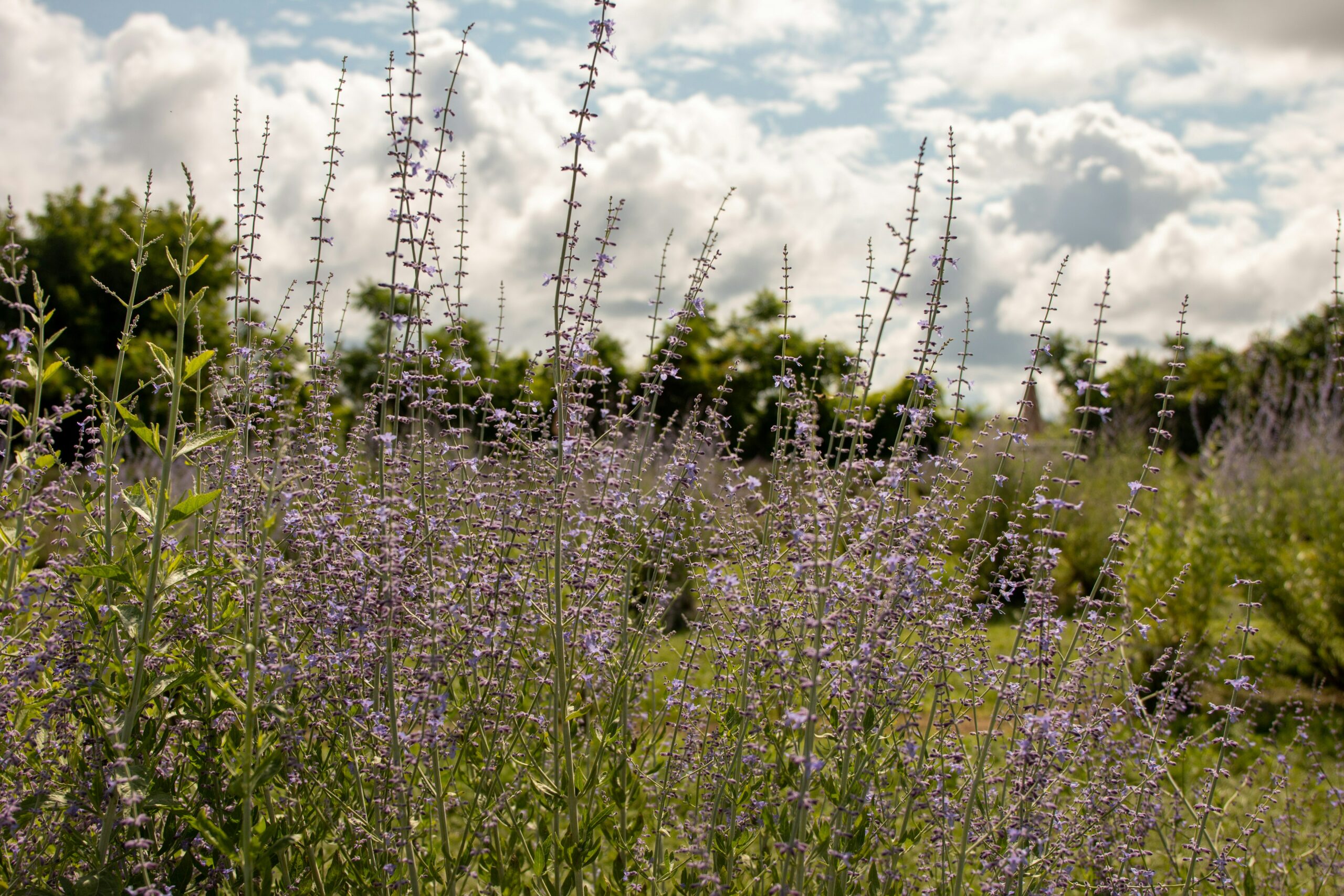
Russian Sage
Russian Sage grows in various soil conditions. Flourishing in well-drained, sandy or loamy soil with a pH range between 6.0 and 8.0. Full sunlight and good air circulation nurture its delicate leaves and wispy stems. Russian Sage provides invaluable benefits to neighboring plants by attracting pollinators, enhancing garden aesthetics, and offering a touch of silvery beauty to the landscape.
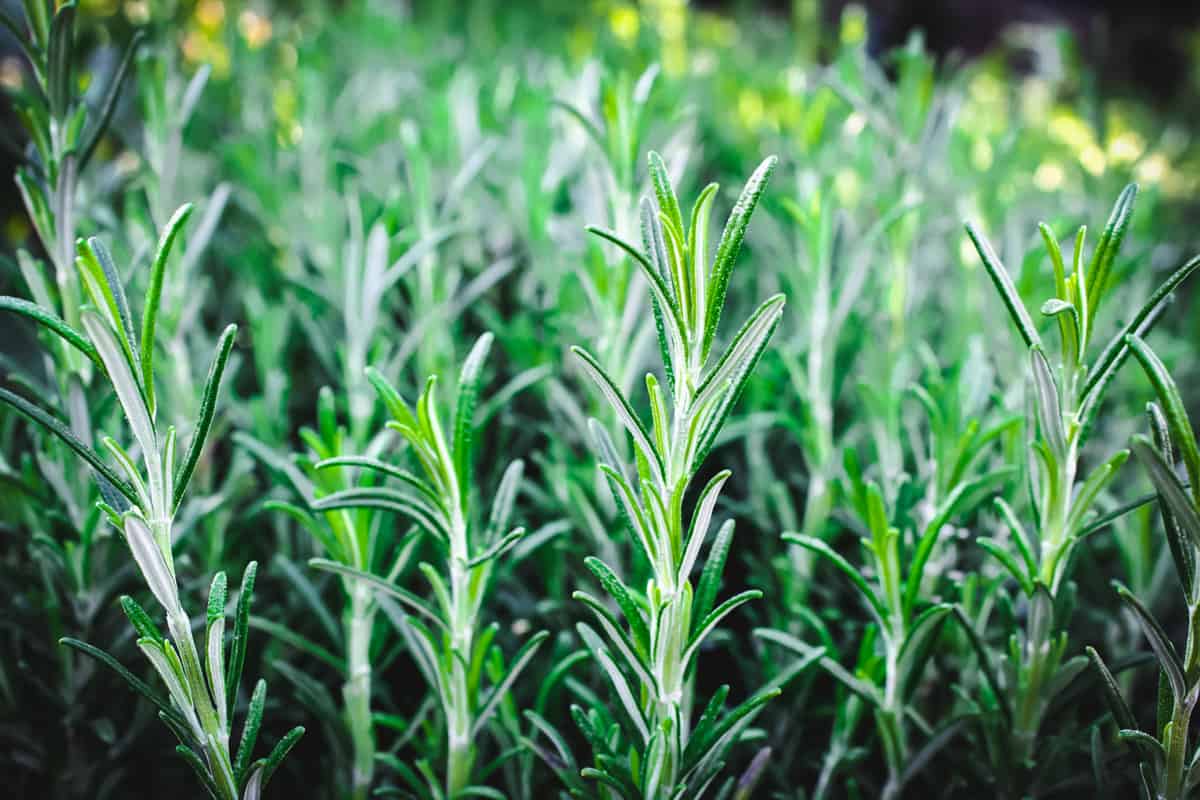
Rosemary
Rosemary flourishes in well-drained, sandy soil with a pH range between 6.0 and 7.0. Full sunlight and moderate moisture nurture its aromatic foliage and robust growth. Rosemary provides invaluable benefits to neighboring plants by repelling pests, attracting beneficial insects, and enhancing overall garden biodiversity.
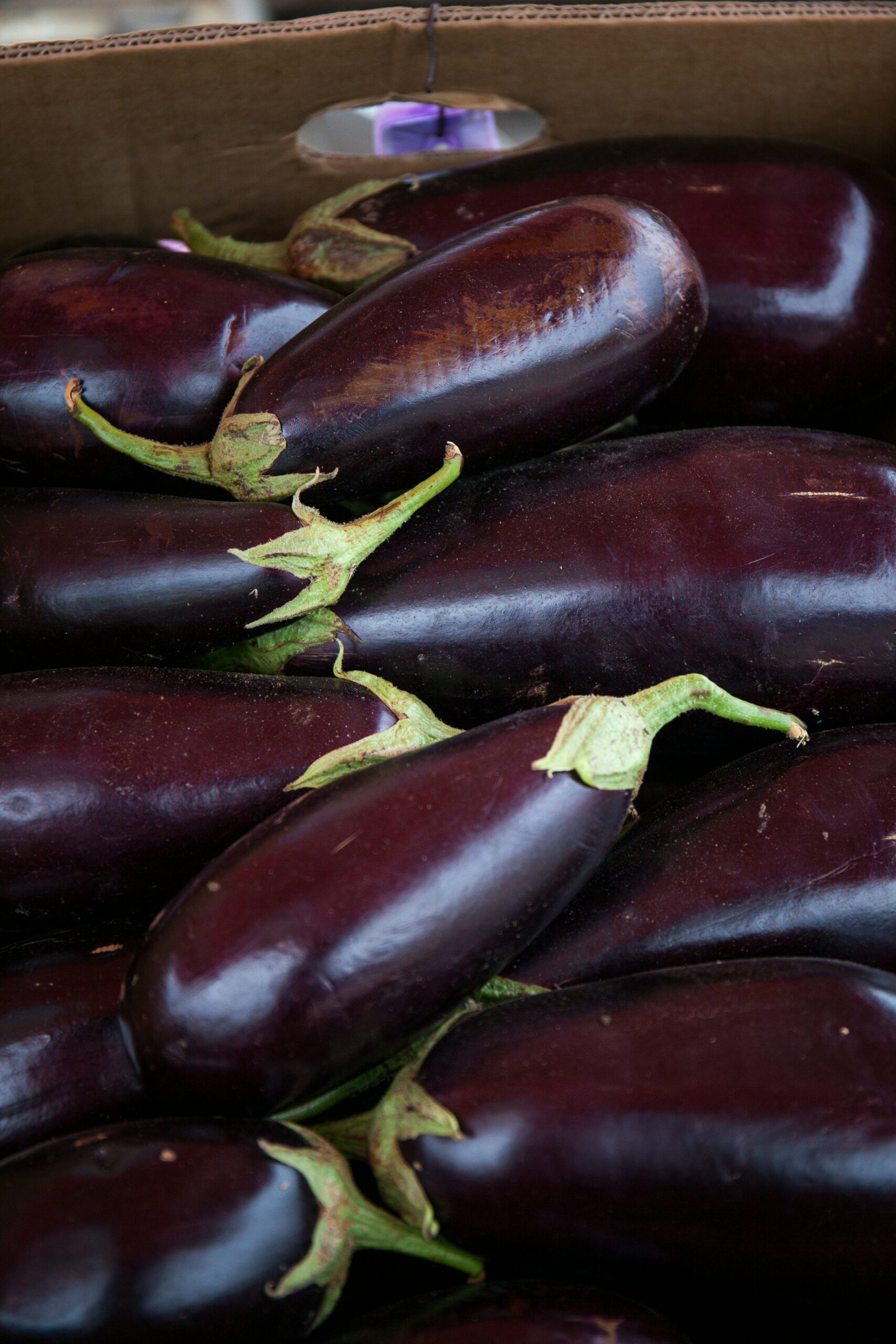
Eggplant
Eggplant thrives in well-drained, loamy soil under the nurturing warmth of sunlight. Flourishing in fertile earth enriched with organic matter, it embodies resilience and grandeur. Consistent moisture and adequate spacing support robust growth and prolific fruiting. Eggplant provides general benefits to neighboring plants by shading the soil, reducing weed growth, and promoting overall garden health.
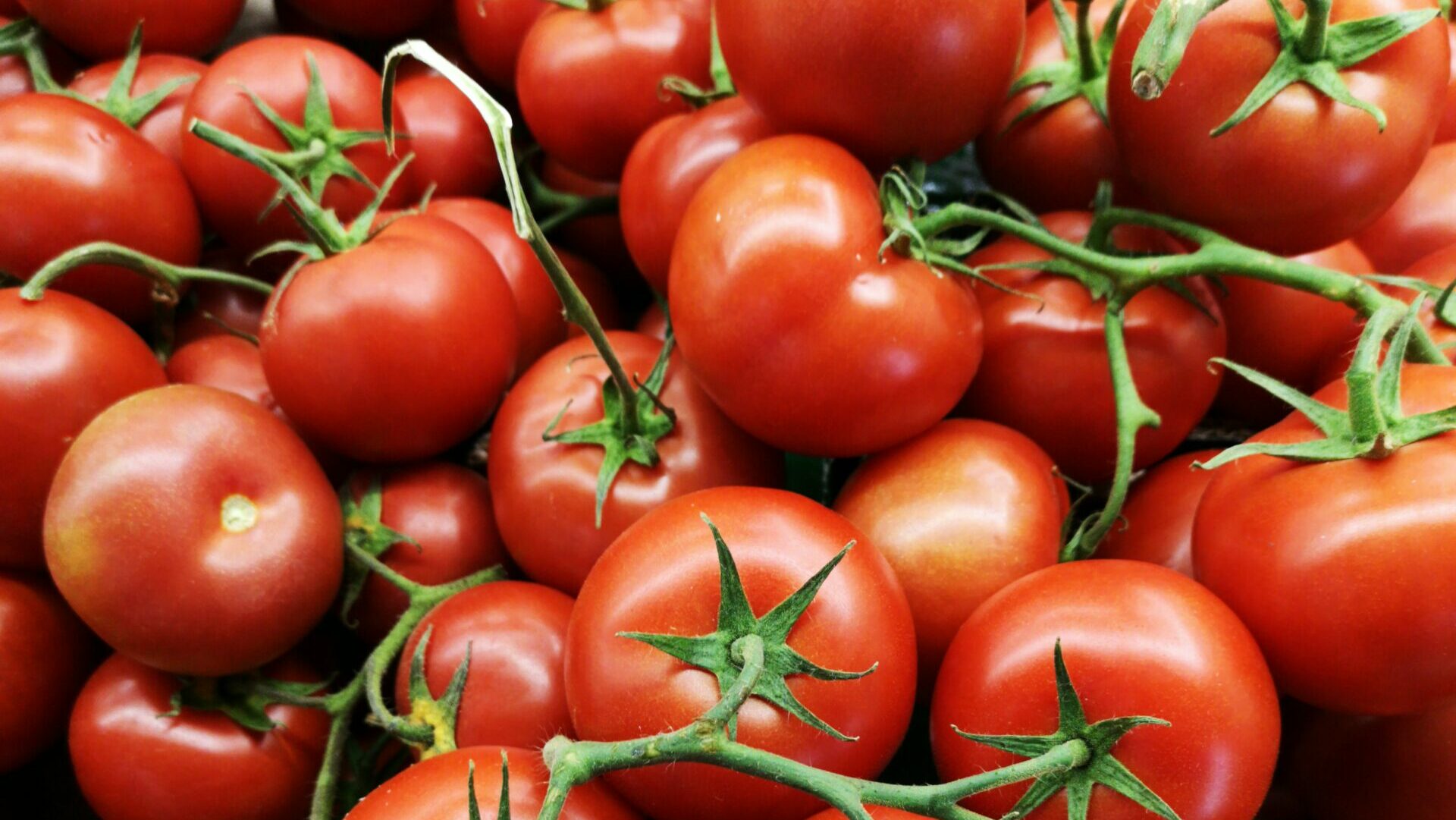
Tomato
Tomatoes thrive in various soil conditions. Flourishing fertile soil with a pH range between 6.0 and 7.0. Full sunlight and consistent moisture nurture their sprawling vines and abundant fruiting. Tomatoes provide invaluable benefits to neighboring plants by attracting pollinators, suppressing weed growth with their dense foliage, and adding richness to culinary dishes.
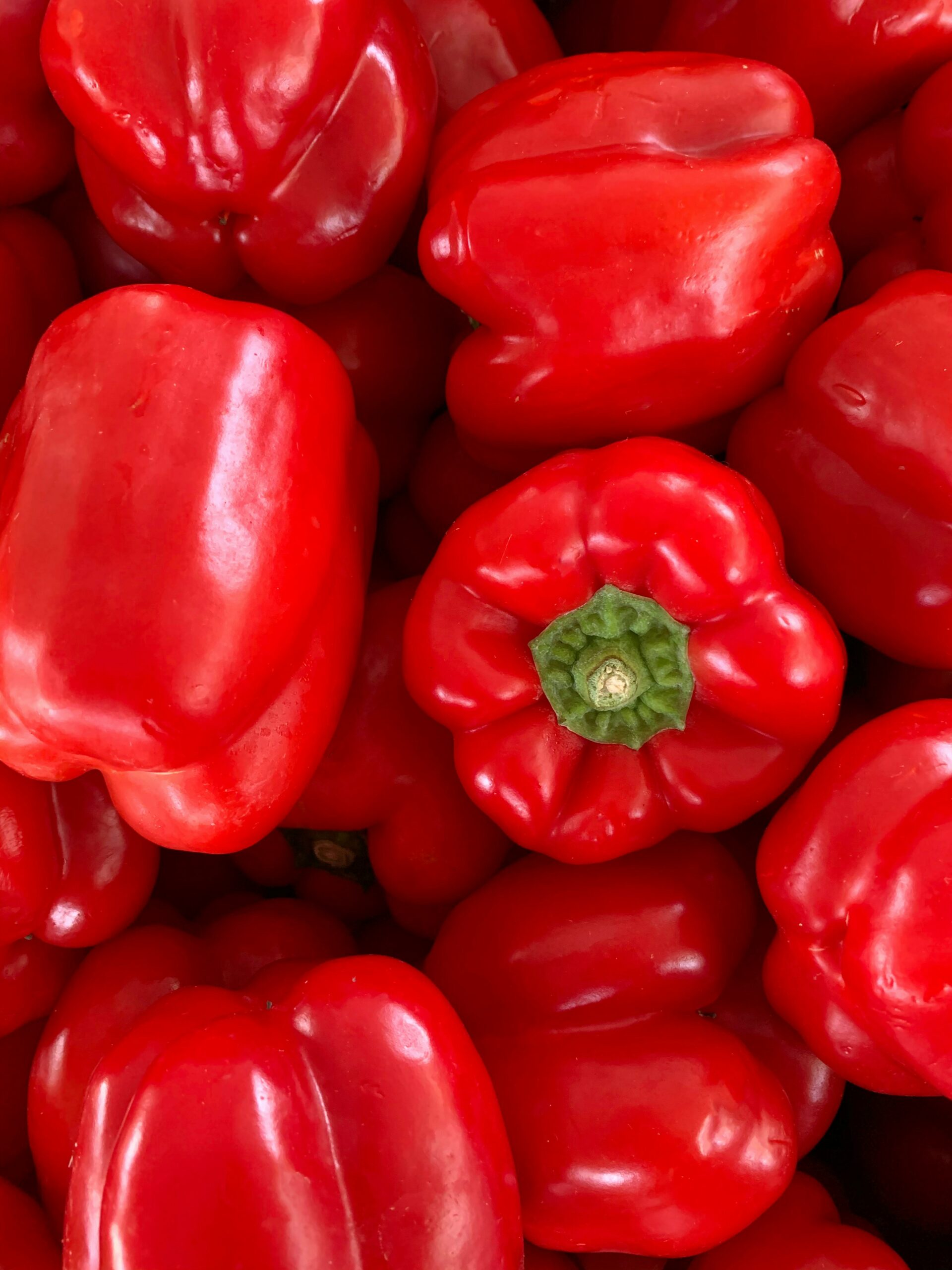
Pepper
Peppers expand in diverse soil conditions. Flourishing in well-drained, loamy soil with a pH range between 6.0 and 7.0. Full sunlight and consistent moisture nurture their vibrant foliage and prolific fruiting. Peppers provide invaluable benefits to neighboring plants by deterring pests with their pungent compounds, attracting pollinators, and adding diversity to the garden landscape.
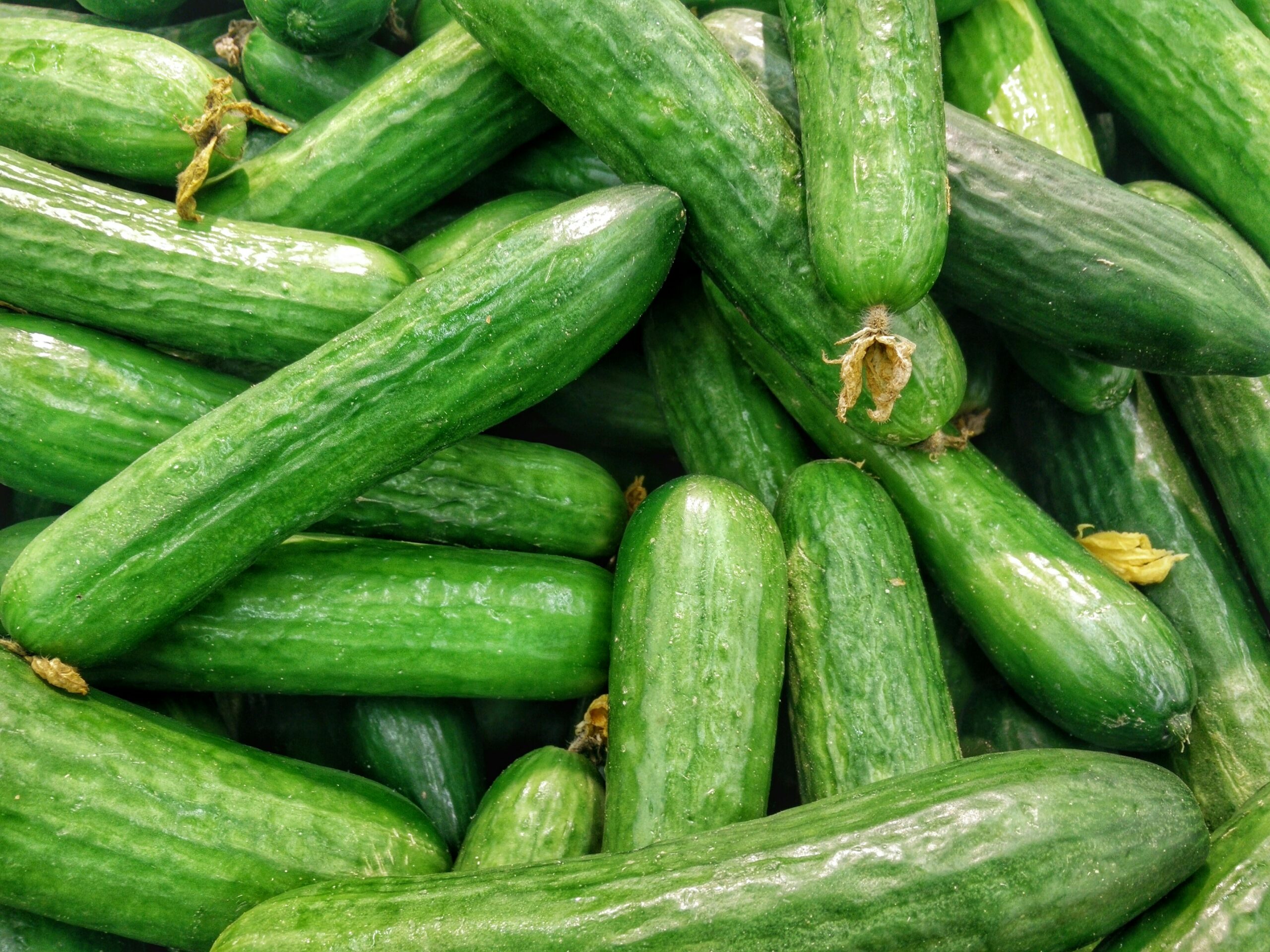
Cucumber
Cucumbers thrive in diverse soil conditions. Flourishing in well-drained, loamy soil enriched with compost, they embody adaptability and freshness. Consistent moisture and sunlight support vigorous vine growth and abundant fruiting. Cucumbers extend general benefits to neighboring plants by shading the soil, conserving moisture, and attracting beneficial insects.
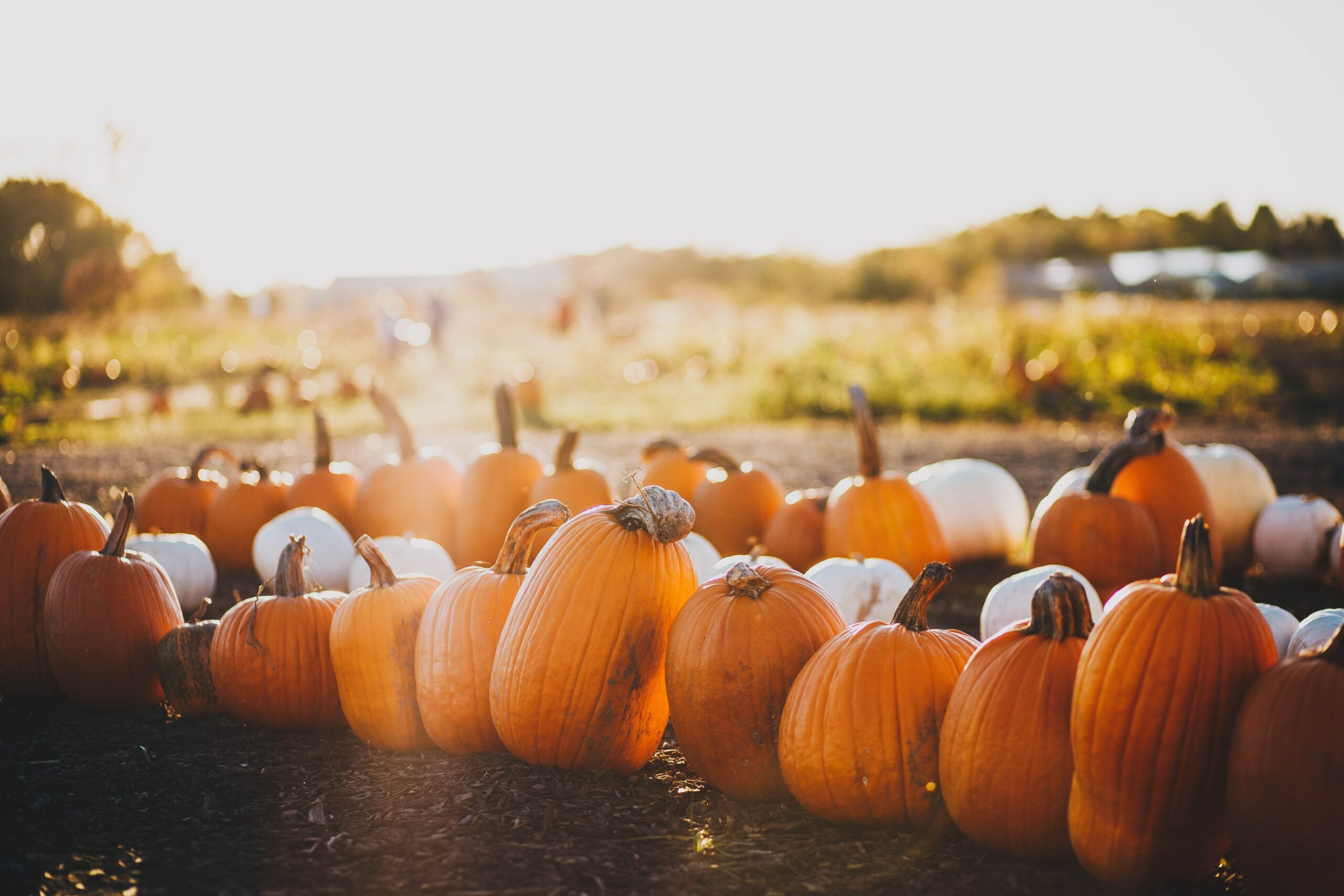
Pumpkin
Pumpkins, known for their gourd-like fruits and garden splendor, grow in various soil conditions. Flourishing in well-drained, nutrient-rich soil with a pH range between 6.0 and 7.5. Full sunlight and ample space nurture their sprawling vines and prolific fruiting. Pumpkins provide invaluable benefits to neighboring plants by shading the soil, conserving moisture, and suppressing weed growth with their dense foliage.
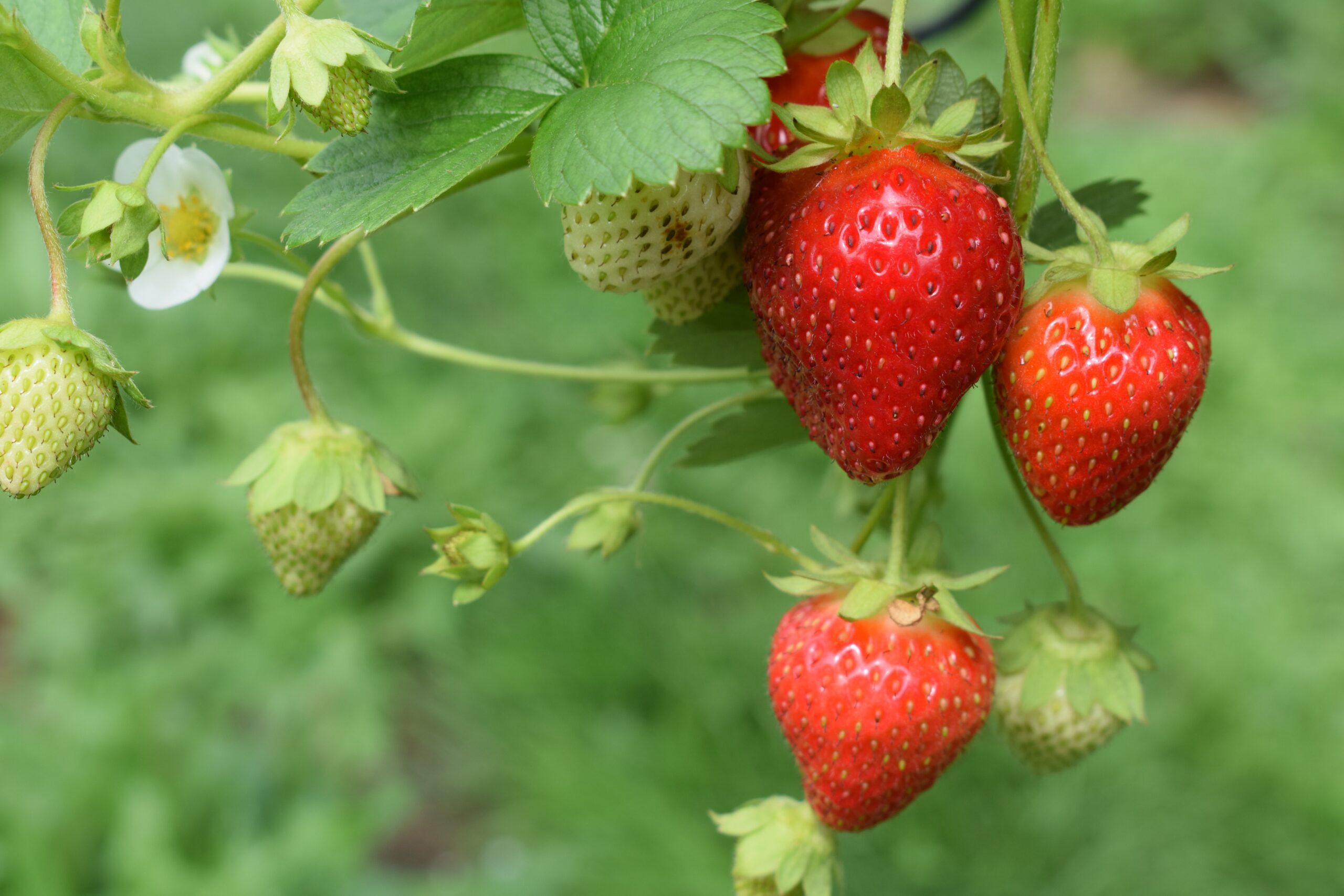
Strawberry
Strawberries grow in loamy soil with a pH range between 5.5 and 6.5. Full sunlight and consistent moisture nurture their delicate fruits and lush foliage. Strawberries provide invaluable benefits to neighboring plants by attracting pollinators, suppressing weed growth with their dense foliage.

Carrot
Carrots thrives in well-drained, loose soil enriched with organic matter. Adequate moisture and sunlight support robust root growth and vibrant foliage. Carrots offer general benefits to neighboring plants by improving soil structure with their deep taproots, enhancing soil aeration, and creating pathways for water and nutrients to reach other plant roots.
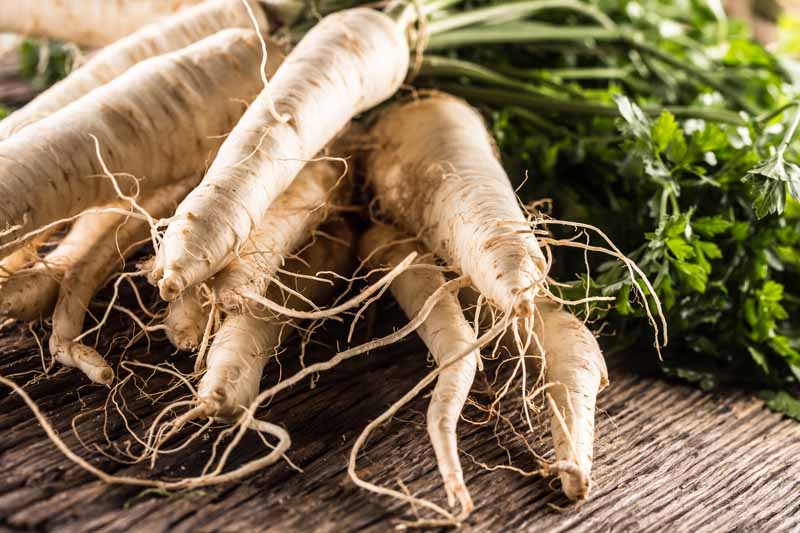
Parsnips
Parsnips thrive in well-drained, fertile soil with a pH range between 5.8 and 7.0, preferring loose, sandy loam. They require moderate care, needing consistent watering to prevent their roots from becoming tough and fibrous. Beyond their culinary value, parsnips benefit the garden by improving soil structure and attracting beneficial insects with their delicate flowers.
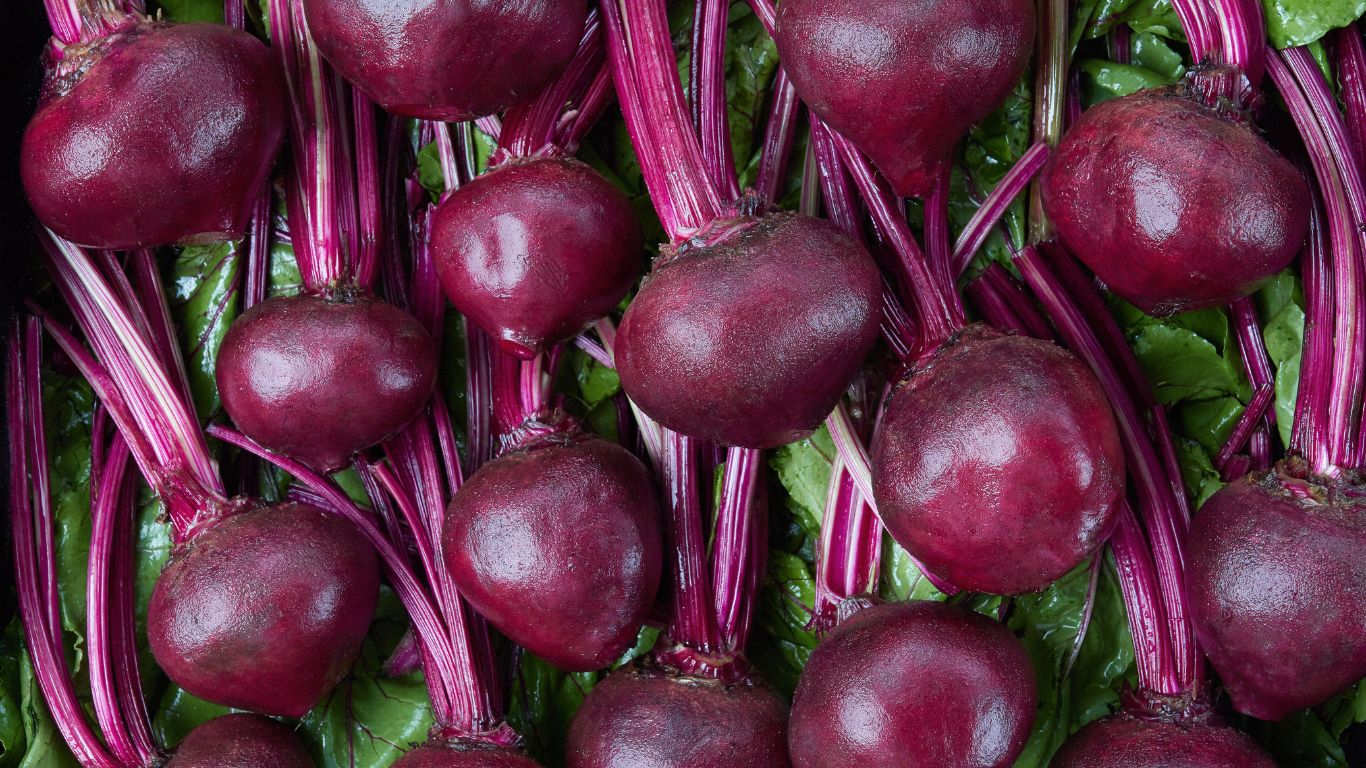
Beetrot
Beetroots, celebrated for their earthy sweetness and nutrient-rich composition, thrive amidst fertile soil and ample sunlight. They prefer well-drained earth with a pH range of 6.0 to 7.0, ensuring optimal growth and development. Regular watering and loose soil encourage healthy root formation and vibrant foliage.
What should you not plant next to tarragon?
Planting these plants next to tarragon have huge negative effects on the development of your plant. Growing enemy plants can appeal detrimental insects, change the taste of the grown plant and even consuming all of the nutrients and water from your tarragon. Because of these negative effects, we don’t recomment growing the plants below next to your tarragon.
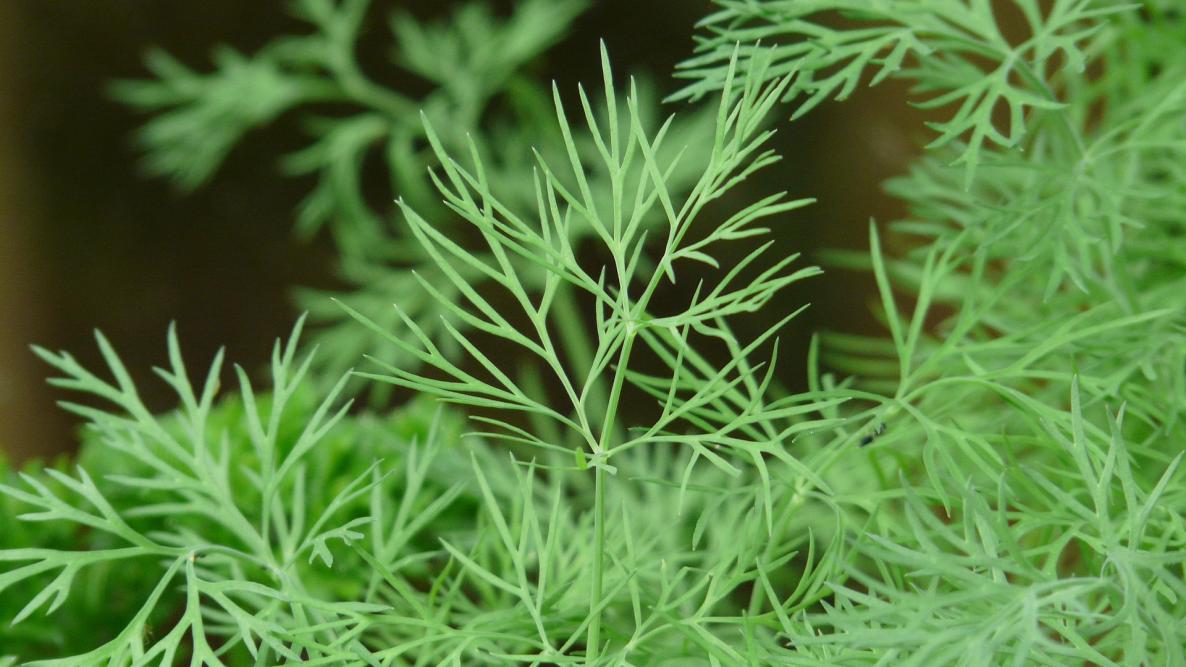
Dill
Dill thrives in various soil types. Flourishing in well-drained, nutrient-rich soil under the gentle caress of sunlight, it embodies adaptability and elegance. Consistent moisture and occasional pruning support lush growth and abundant foliage. Dill offers general benefits to neighboring plants by attracting beneficial insects and enhancing overall garden biodiversity.
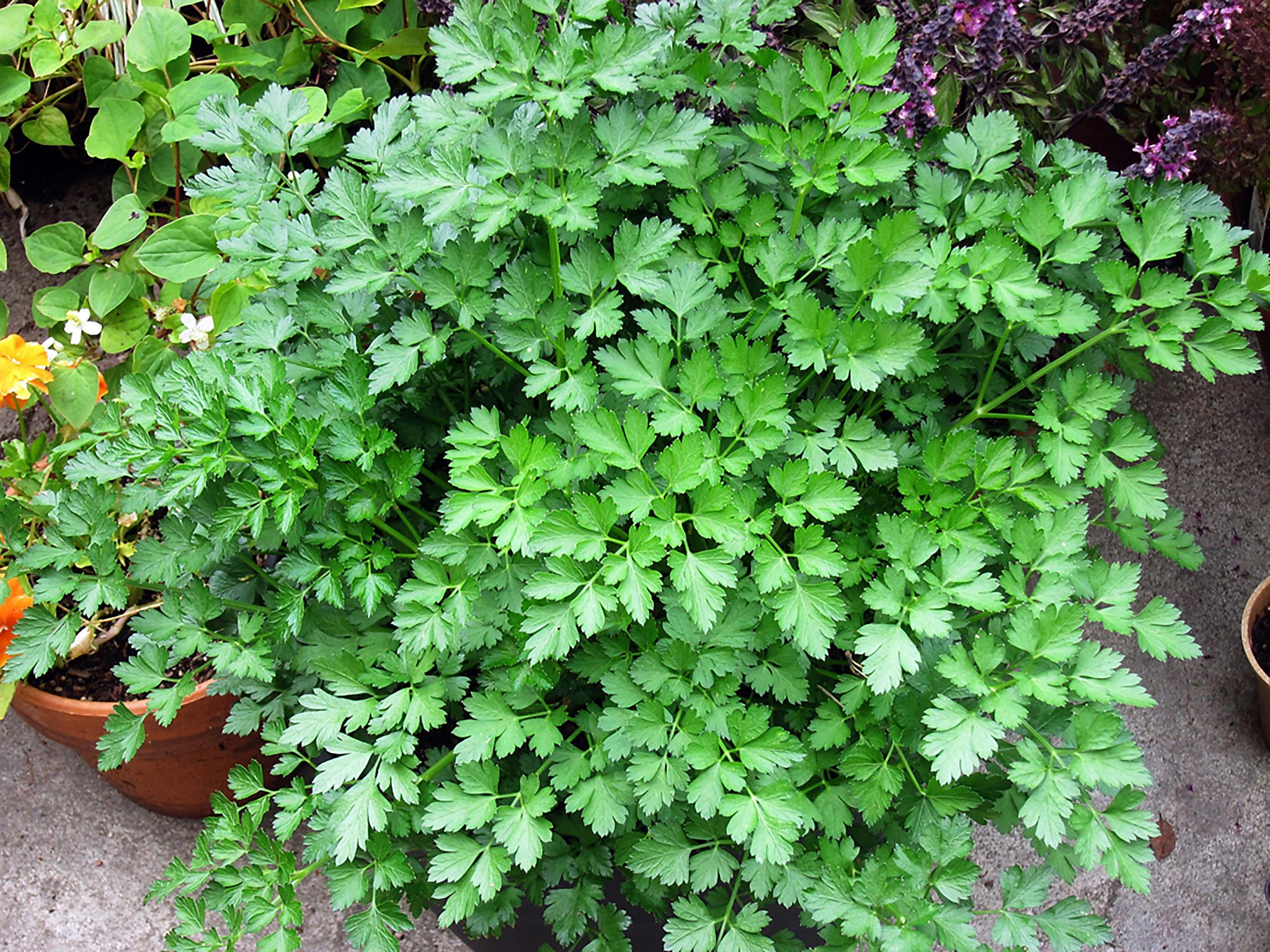
Parsley
Parsley, known for its verdant leaves and garden vitality, grows in various soil conditions. Flourishing in well-drained, nutrient-rich soil with a pH range between 6.0 and 7.0. Partial shade and consistent moisture nurture its lush foliage and robust growth. Parsley provides invaluable benefits to neighboring plants by attracting beneficial insects, repelling pests, and adding freshness to culinary dishes.
